Advertisement
Jojo Heritage
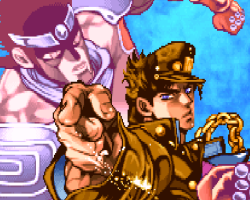
Jojo Heritage is a traditional 2D fighting game adapted from the third arc of the JoJo’s Bizarre Adventure series. The game brings together a roster of characters, each equipped with their own moveset and a unique companion ability called a Stand. Matches take place in a series of rounds, where players attempt to outmaneuver and outfight their opponents using combos, counters, and timed abilities. The core of the game lies in its dual-character system, with both the fighter and their Stand functioning as one unit in battle.
Stand System and Tactical Depth
The Stand mechanic adds a layer of complexity to every fight. Players can switch between active and passive Stand modes, with different move options depending on the current state. Some characters rely heavily on their Stand for ranged attacks or area control, while others use it to extend their melee combos. Timing when to call out or withdraw the Stand becomes essential, as it affects both offensive and defensive possibilities. Managing the Stand’s energy also introduces resource strategy into the flow of combat.
Game Structure and Features
Jojo Heritage includes several modes that allow players to practice, compete, or follow a loose narrative. Arcade mode presents a sequence of battles with AI opponents, while versus mode allows head-to-head play. There is also a training mode for mastering advanced combos and move interactions. The game operates on a meter system that fills as players deal and receive damage, enabling the use of super attacks when full.
Core components of gameplay include:
- Dual-character interaction through the Stand system
- Unique move lists and tactics for each fighter
- Meter-based super moves and combo chaining
- Round-based structure with multiple game modes
- Distinct visual style inspired by manga panel designs
Player Experience and Community
Though originally released in arcades, Jojo Heritage has remained active through ports and emulator communities. Its competitive scene, while not as large as other fighting games, is known for its technical depth and loyal player base. Matches often rely on reading the opponent’s behavior and responding with precise counterplay. The character balance varies, but the diversity of mechanics offers replayability and experimentation for all skill levels.
Jojo Heritage combines familiar fighting game systems with series-specific mechanics that reflect the source material. While not a large-scale title, it continues to be recognized for its integration of anime concepts into structured, skill-based combat. The focus on Stand usage gives it a unique identity, allowing players to engage with the material in both strategic and action-driven ways.
Advertisement









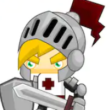















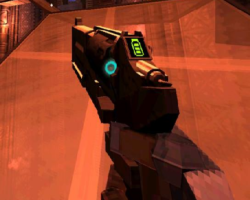

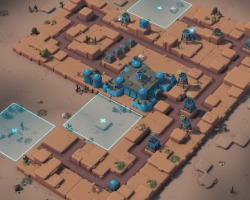
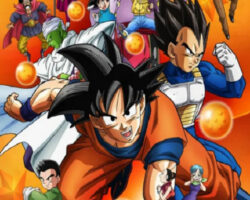


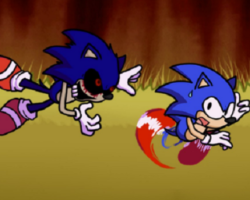



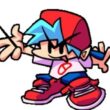

















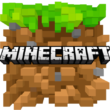

























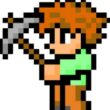





Comments